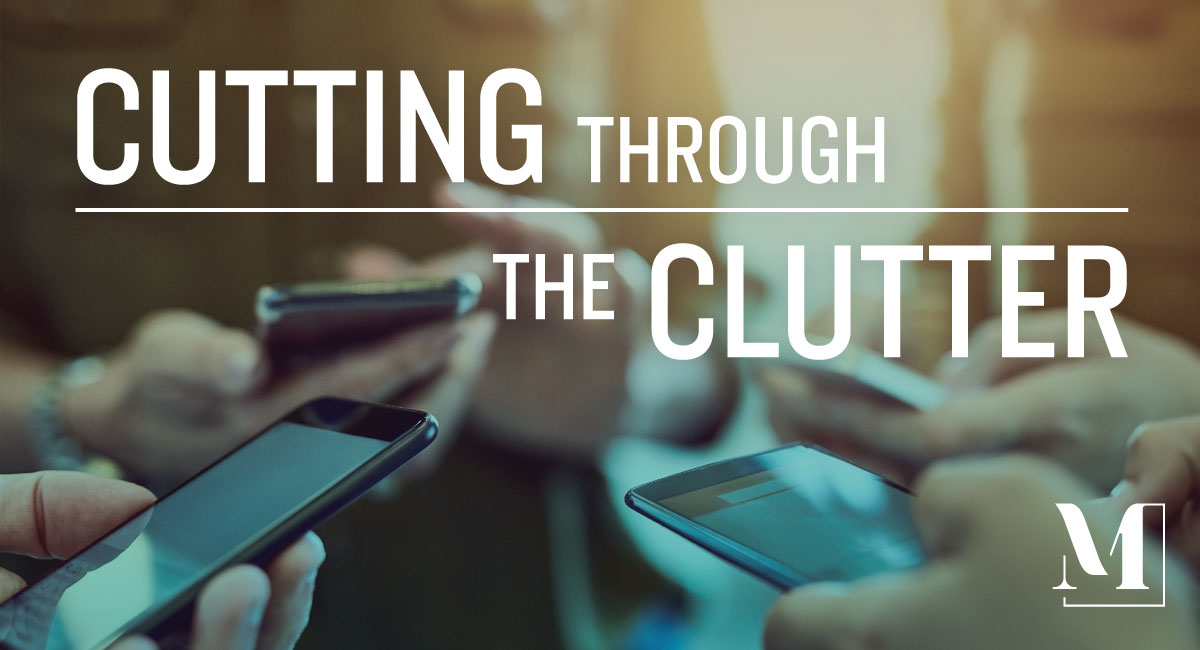Your favorite playlist and TV show meet at a bar. What do they talk about? You.
It’s not a coincidence that companies are becoming more data-centric, and advertising campaigns are getting more personal. As social media becomes more pay-to-play, media is making more noise and consumers are paying less attention than ever, it’s becoming even more important for brands to cut through the clutter. One way to do this is by personalizing your content and creative to resonate with your audience. Brands need to meet consumers where they are and tailor content to speak directly to them. Here are a few of the best (and funniest) examples of companies who do this well.
THANKS, SPOTIFY, YOU’VE BEEN THE REALEST
As 2017 came to a close, Spotify, for a second year in a row, took its data-driven out-of-home campaign to the next level by using listener data to inspire the themes and creative for each ad. Given the year’s touchy political climate, Spotify opted for a more joyful, forward-looking approach in its ads. The “Goals” campaign used interesting and quirky listening patterns to provoke users to explore new music and playlists in 2018. This campaign emphasized looking to the future, as opposed to its more reflective campaign in the previous year: “Thanks, 2016. It’s been weird.” The 2016 campaign, which was hyper-localized, built creative around insights specific to a certain region or locale, and then bought media in that area to maximize the ad’s impact.
Why this works:
Music lovers are known for their quirky and eclectic nature, and Spotify used its campaign to capture their personality and celebrate some of its users’ unusual behaviors. It humanizes its technology and combines two of the world’s most powerful forces – pop culture and politics – to put a positive twist on the events of the world.
These campaigns are not only funny, but they also encourage the use of its platform. Users are prompted to explore new playlists, artists and genres, which results in greater product consumption, and for non-paid users, Spotify generates more impressions for its advertisers, and thus, sells more ads, increasing company revenue – fulfilling its strategic business goal.
A few of our favorites:
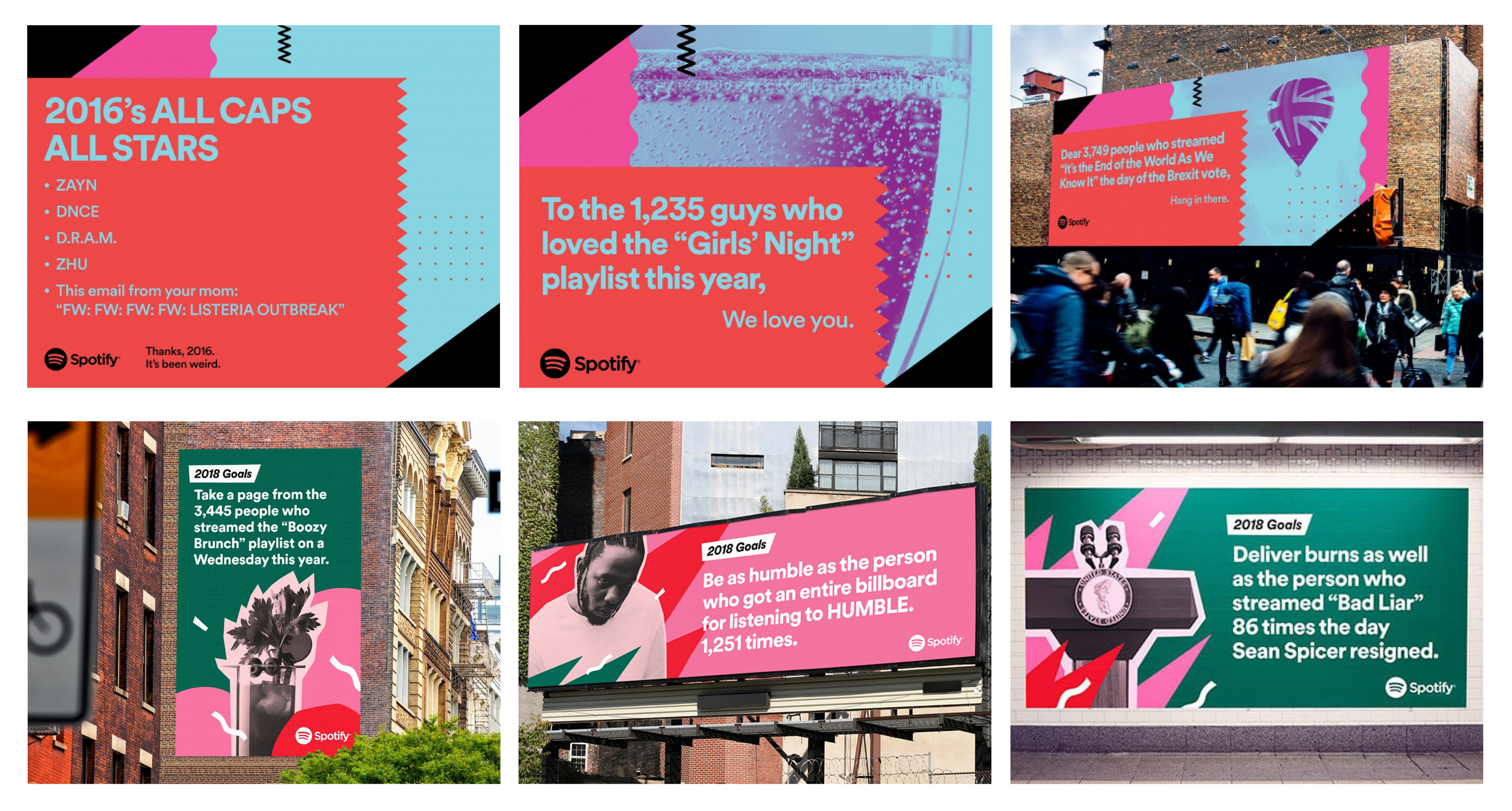
“Thanks” Campaign Source: Ad Age Creativity
“Goals” Campaign Source: Ad Age Creativity
FRENCHER THINGS
When Netflix launched its video streaming services in France in 2014, it did so with a GIF campaign that was as relevant to French culture as are croissants, wine and high fashion. Netflix used a topics model to identify themes that occurred in online French conversations. It divided the data into different topics and meanings, and then combined these findings with its troves of listener data to create GIFs that would resonate with the French people.
The campaign, “Inspired by You,” was a hit. It featured more than 100 digital billboards that not only featured GIFs from popular Netflix shows, but used contextual data to address issues affecting the French people in real-time, such as weather, fashion sales and the holidays. It was the first digital outdoor campaign to be made entirely with GIFs.
Why this works:
The French were skeptical of Netflix – as they are of most new things, according to Netflix’s data – but this campaign personalized the technology and allowed people to feel connected before they ever even purchased the service. It spoke directly to their fears (problem) and communicated why Netflix was different and how it could benefit the user (solution). Brand awareness increased from 25 percent to 68 percent in just three months, and grew Netflix’s Twitter following by 29,000 users in a single day.
A few of our favorites:
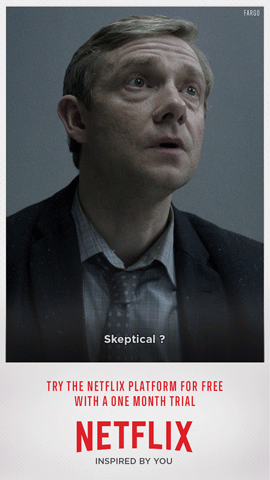
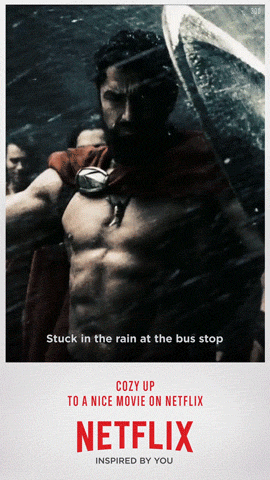
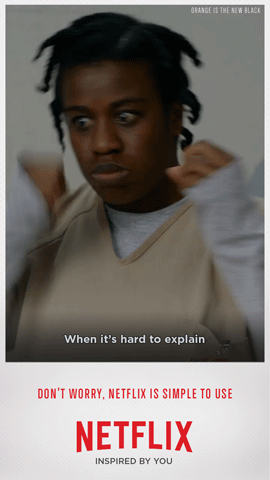
Source: Behance
NETFLIX IS THE NEW SAVAGE
Netflix got a little sassy this holiday season, reminding users it knows what they’re watching.
To the 53 people who’ve watched A Christmas Prince every day for the past 18 days: Who hurt you?
— Netflix US (@netflix) December 11, 2017
Many users went up in arms, but Netflix kept trolling – as evidenced in its replies – and generating more attention to its account. It resulted in hundreds of thousands of engagements on the posts, and earned media coverage from publishers across the internet.
The brilliance of Netflix’s social media strategy lies not only in its incorporation of its most popular shows, characters and scenes – determined by user data— into its content, but in its ability to make fun of itself every once in a while.
[extremely samuel l. jackson in pulp fiction voice] ASK ME IF I’M STILL WATCHING ONE MORE TIME
— Netflix US (@netflix) December 19, 2017
Why this works:
Netflix uses the casual nature of social media to its advantage. The conversational, yet sassy tone keeps users engaged and on their toes. It allows Netflix to promote its shows and actors, while inserting itself into human experiences and every day conversations. By showcasing its personality, Netflix is reinforcing the value of its service to users. The danger in too heavily promoting a single show or series is that users will attach themselves to the service for access to only a small bit of content, and if this content were to go away, so would the user. As Netflix positions itself as an entertainment service and solution – appealing particularly to millennials – it develops loyalty among its users, with greater longevity than just a popular trend or series.
So next time you’re accessing content on the internet, keep this in mind: your own activity might just be used to convince you to consume more content.
